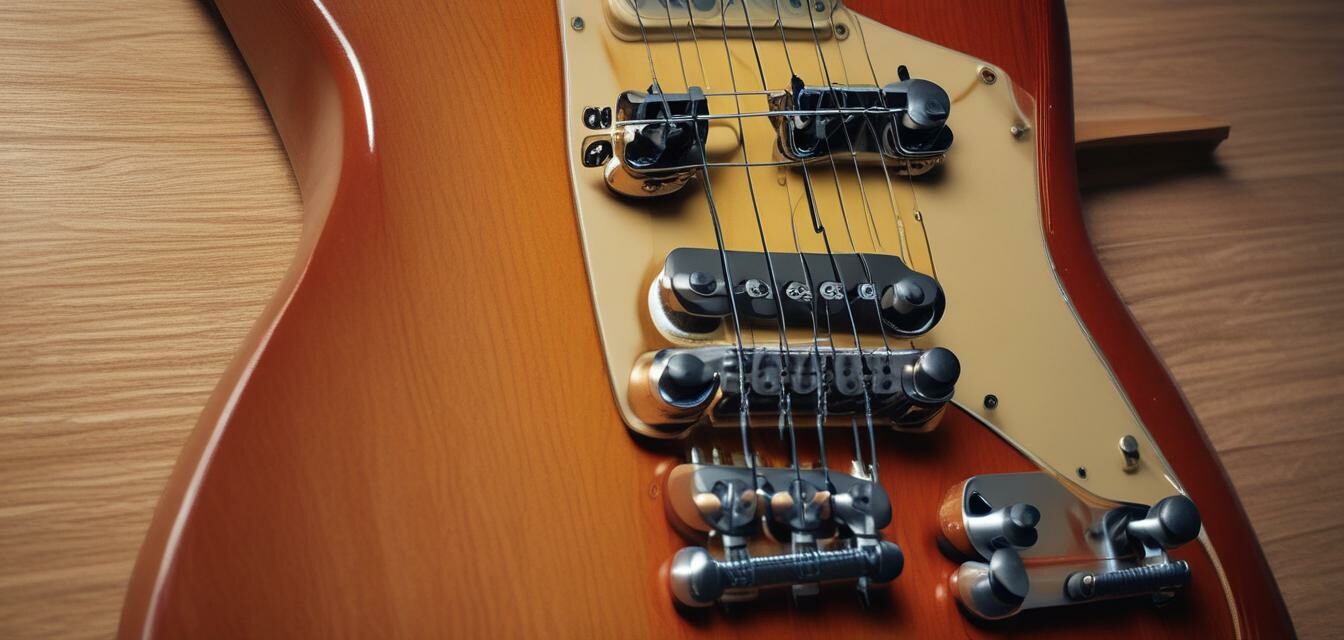
Techniques for playing lead & rhythm on your Fender
Key Takeaways
- Understanding the differences between lead and rhythm techniques can boost your versatility.
- Utilizing proper finger positioning enhances speed and clarity in playing.
- Incorporating dynamics and articulation gives your performance more expression.
- Practice methods, including backing tracks, can improve your timing and feel.
- Experimenting with effects can expand your sound palette when playing leads.
Mastering both lead and rhythm techniques on your Fender guitar is essential for becoming a versatile musician. Whether you're strumming chords or shredding solos, these skills can elevate your playing. This article will explore practical tips and tricks that can help you effectively navigate both styles, making you a more dynamic guitarist. Let's dive into the techniques!
Understanding lead vs rhythm playing
Lead and rhythm playing form the backbone of guitar music. While they may seem similar, they serve different purposes in a band setting. Here's a breakdown:
| Aspect | Lead Playing | Rhythm Playing |
|---|---|---|
| Purpose | To provide melodic hooks and solos | To provide harmonic support and structure |
| Techniques | Soloing, bending, slides, hammer-ons, pull-offs | Strumming, picking patterns, barre chords |
| Typical Equipments Used | Effects pedals, varied setups | Clean tones, sometimes with light effects |
Key techniques for lead playing
When playing lead, finesse and technical control are vital. Below are some techniques that will enhance your lead playing on a Fender guitar:
- Hammer-ons and Pull-offs: These techniques enable you to play fast passages while maintaining a clean sound.
- Bending Notes: This adds expression to your playing, allowing you to emulate vocal qualities.
- Using Vibrato: It gives a more emotive touch to sustained notes; experiment with varying speed and width.
- Sliding: Walk your fingers up and down the neck smoothly, connecting notes fluidly.
- Combining scales: Mix different scales to create interesting melodies. The pentatonic scale is a great start.
Practicing lead techniques
Set aside time to practice these techniques. Using backing tracks can simulate a band environment and improve your timing. You can find many useful loops here.
Essential rhythm techniques
Rhythm is the backbone of any song. Mastering rhythm playing can enhance your overall musicianship. Here are essential rhythm techniques to master:
- Strumming Patterns: Create diverse sounds by experimenting with both upstrokes and downstrokes.
- Fingerpicking: This technique adds depth and variation to your rhythm playing.
- Syncopation: Play off the beat to create interesting grooves that catch the listener's ear.
- Using Barre Chords: This allows you to play various chord shapes while maintaining mobility on the neck.
Improving your rhythm skills
To sharpen your rhythm skills, practice with a metronome. Start slow and gradually increase the speed. You can also learn various strumming patterns here.
Combining lead and rhythm techniques
Once you're comfortable with both lead and rhythm techniques, it's essential to learn how to combine them effectively.
- Partial Chords: Use partial chords during solos to maintain a harmonic reference.
- Use Rhythm During Solos: Incorporate rhythm sections while playing leads for a fuller sound.
- Switching Styles: Transitioning between lead and rhythm playing smoothly within a song adds dynamics.
Tips for effective practice
Practice tips for lead and rhythm
- Set specific goals for each practice session.
- Record yourself to track progress and identify areas for improvement.
- Stay consistent. Even just 20-30 minutes a day can lead to significant improvements over time.
- Don't shy away from learning new genres; they can offer fresh perspectives on techniques.
- Consider taking lessons from a seasoned instructor for personalized guidance.
Exploring effects and sound dynamics
To create unique sounds in your lead playing, you can experiment with different effects pedals. Some common effects include:
- Distortion: Gives your solos more grit and presence.
- Delay: Adds depth and creates an echo effect.
- Reverb: Makes your guitar sound more spacious and atmospheric.
Conclusion
Mastering both lead and rhythm techniques on your Fender guitar takes time and patience. By focusing on the essential techniques and incorporating practice tips, you will become a more versatile musician. Remember to combine these techniques to create a fuller sound in your playing, and don't hesitate to experiment with effects to broaden your musical expression. Check out our buying guides for further tips on enhancing your guitar experience!
Pros
- Improves overall musicianship.
- Enhances creativity through versatility.
- Boosts confidence in performance.
Cons
- Can be challenging for beginner guitarists.
- Requires consistent practice.
- Risk of developing bad habits without proper guidance.